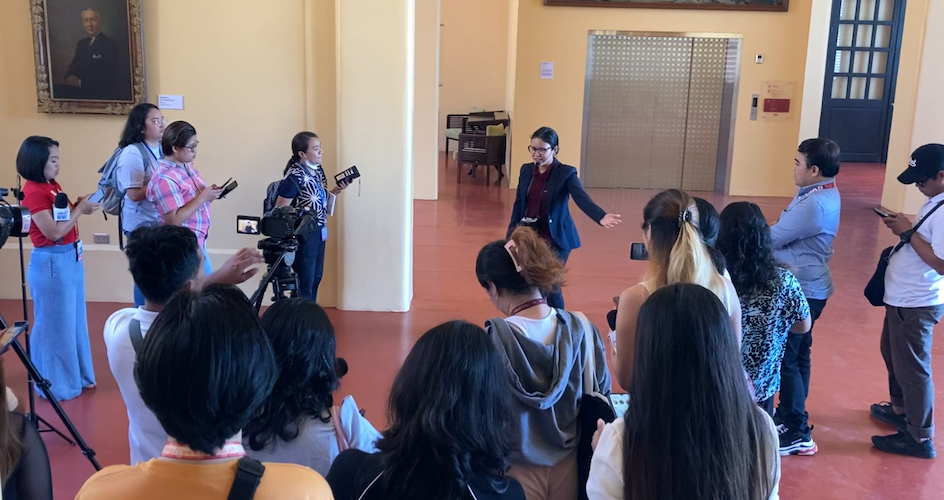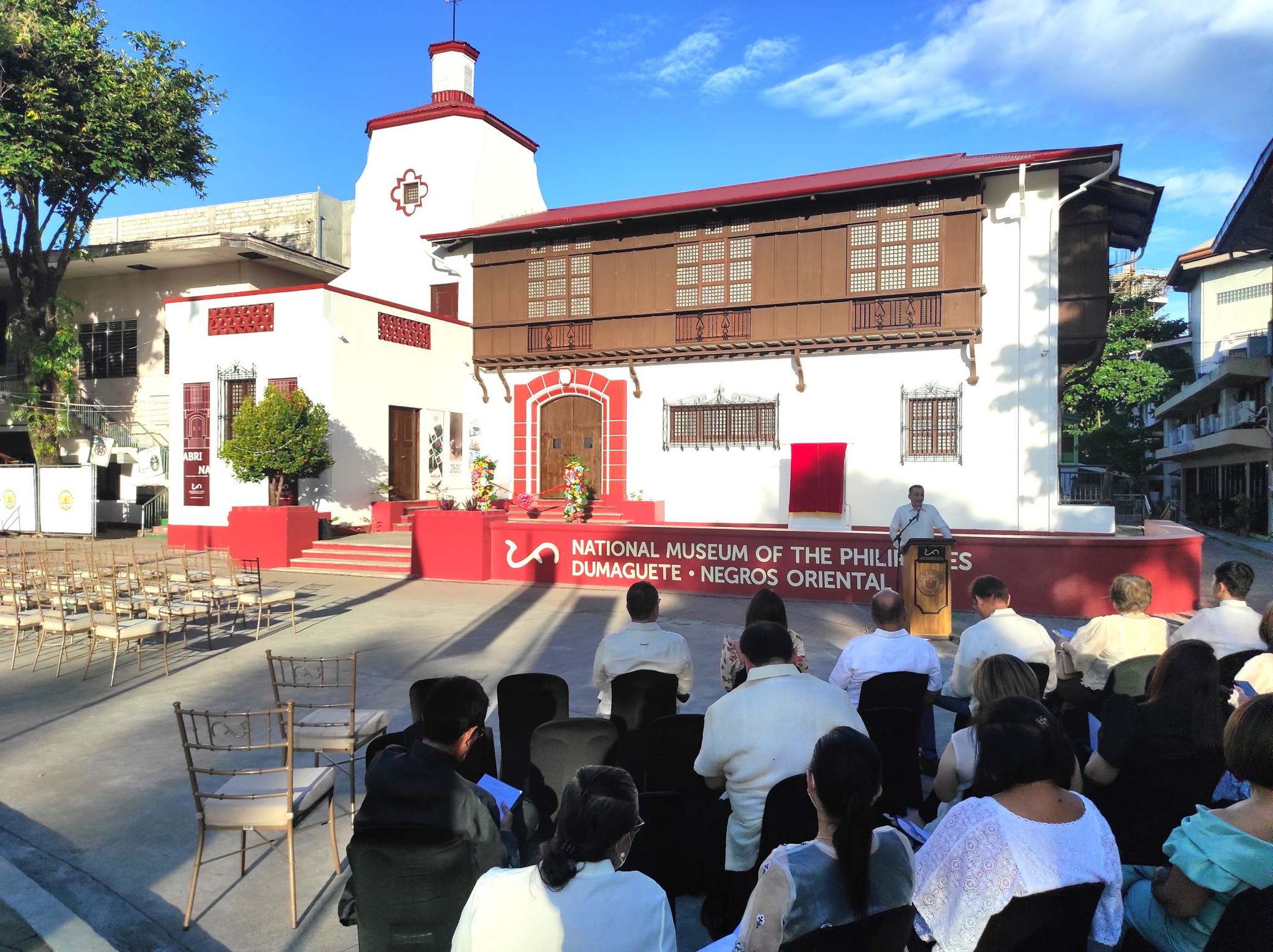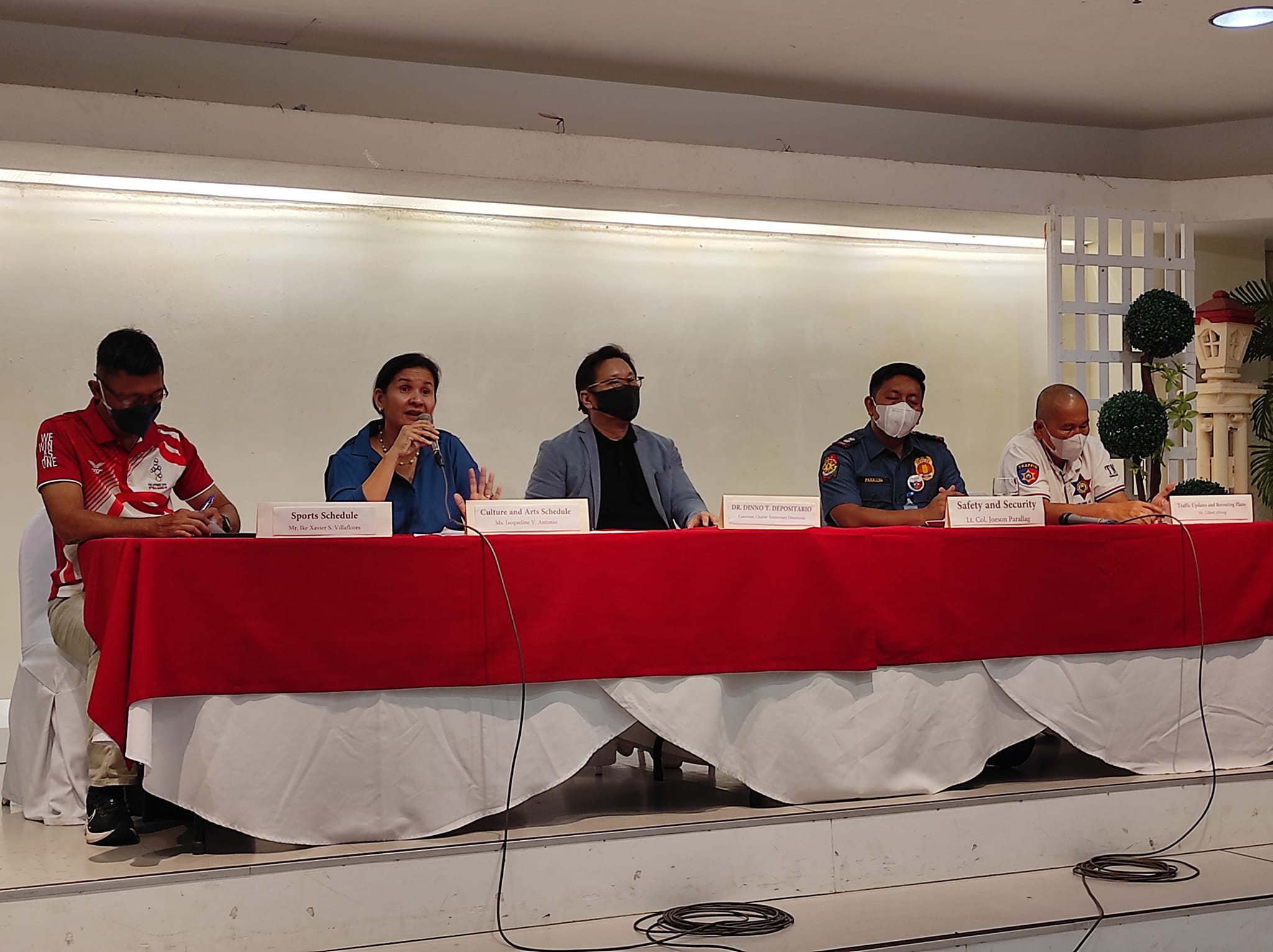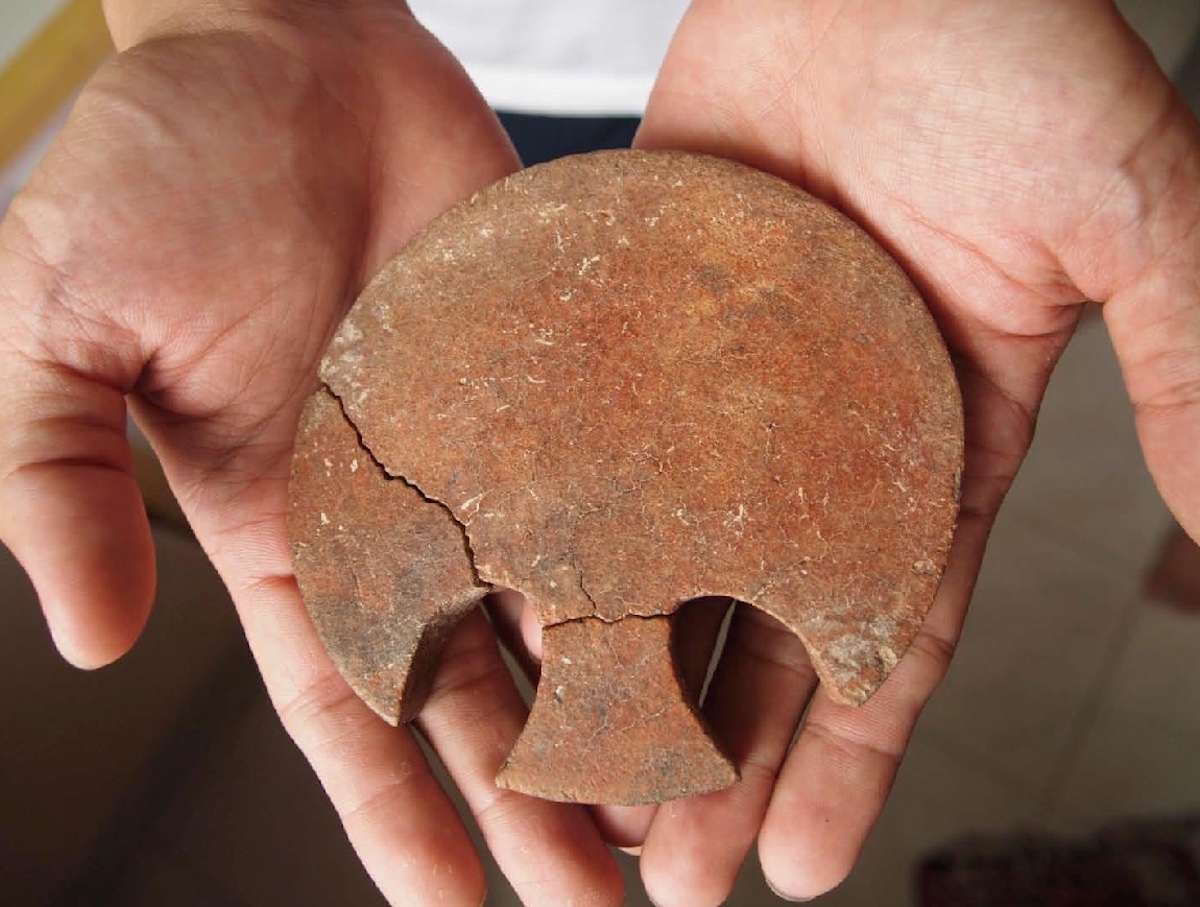
The National Museum of the Philippines (NMP) has opened the doors of its 16th component museum to the public today (August 1, 2023) in Cebu City, or popularly known as the “Queen City of the South” owing to its vibrant culture and economic importance and influence.
The museum offers Cebuanos a colorful glimpse of documented local history that has been passed on from generation to generation.
No less than President Ferdinand R. Marcos, Jr. led the ribbon-cutting ceremony of what is considered as the first NMP in Cebu on July 28, 2023. After the ceremony, he was treated to a tour inside the museum. President Marcos was seemingly charmed by the galleries featured inside the NMP Cebu, spending longer than what was scheduled for his tour. He apologized later in his speech to the crowd who were waiting for him at the inauguration program across the Aduana Building where the museum is housed.
“At the outset, allow me to apologize if we have kept you waiting. As a matter of fact, if I had been left alone, you would still be waiting and you can thank the First Lady for literally pulling my arm and dragging me out and saying there are people waiting. And the reason why is it is fascinating in there,” said Marcos.
“If you haven’t been in there, you are in for a very special treat. The exhibits that have been put out, the way that they have been presented, the curation of the different artifacts has been done in such a splendid fashion,” the President added.
With glowing reviews coming from the highest official of the land - who professed to be a “museum type person” who can spend days in museums - Cebuanos are certainly in for a treat at the museum which pays tribute to Cebu’s rich history and its cultural and natural heritage assets.
Aduana Building
Strategically located inside the historic Customs Building known as the “Aduana,” the NMP Cebu is right in the heart of Cebu City within the historic Plaza Independencia near Fort San Pedro.
Built in 1910, the Aduana Building is a declared National Cultural Treasure that stands along the city’s harbor area. It served as the customs house of the Port of Cebu for 94 years, surviving even the bombings during World War II relatively intact.
In 2004, former President Gloria Macapagal-Arroyo converted the structure to become the official residence of the President and called it back then as the Malacañan sa Sugbo. However, the 7.1-magnitude earthquake in 2013 prompted the closure of the building after it sustained damages during the quake and was declared unsafe.
Renovations started in 2019 after the Cebu Port Authority and the NMP signed a usufruct agreement, giving the NMP the right to use the structure and to facilitate the building’s preservation and restoration.
In a press briefing held July 31, 2023, NMP Visayas Director Atty. Ma. Cecilia Tirol shared that they started planning for NMP Cebu in 2019. “In 2020, they had the project bid out and the conversion of the building to NMP-Cebu,” said Tirol. She added that “each regional museum has its distinct characteristics that will adapt to what is significant in the area.”
After undergoing careful restoration, the Aduana is now the new home of the museum that showcases Cebu island’s captivating history and culture.
Cebuano spirit and heritage
Cebu is known for artistic, cultural, and historical sites, which the NMP Cebu highlights in its exhibitions to capture the Cebuano spirit and heritage. This includes the island’s rich and diverse biodiversity, geology, archaeological treasures, art, and ethnographic and maritime traditions.
The new museum showcases five art galleries:
- Gallery 1: “Kinaiyahan: Cebu’s Natural Wonders” features rare geological features, including some unfamiliar plant and animal species endemic to the place.
- Gallery 2: “Ang Karaang Sugbo ug ang mga Kabiling Bahandi” (Ancient Cebu and Its Archaeological Heritage) featuring significant archaeological finds that were found in San Remigio town, Plaza Independencia, and Boljoon town to further educate visitors about the history of Cebu.
- Gallery 3: “'Paglawig: Cultural Movement Across the Seas” highlights the exhibit of sustained ethnographic traditions inculcated in maritime history and industry.
- Gallery 4: “Ang Kamamugnaon ug Kinaadman ni Maestro Tinong” contains the work of famed Cebuano artist Martino “Tinong” Abellana, dubbed as the “Dean of Cebuano Painters ” which will be complete around August.
- Gallery 5 features the collection of the “The Philippine Center New York Core Collection of 1974” featuring artworks of leading Filipino artists in the early 1970s.
Aside from the five galleries, NMP-Cebu also has a lobby and reception hall lined with works of art by Cebuanos, featuring Cebuano culture and history, a terrace, a courtyard, and the NMP’s first-ever museum shop.
Know your history
For Jahjai Latorre, 29, of Cebu City, the national museum is a welcome addition to the historical spots in Cebu island. “It’s really nice nga aduna nay national museum dinhi sa Cebu para mahibaw-an nato ang atong history nga asa ta gikan og aduna na say lain nga malaagan nga makalearn pa gyud ta (It’s really nice to have a national museum in Cebu for us to learn our history, and also another place we can visit for recreation where we can learn at the same time),” said Jahjai.
Government employee Keith Melenders, 21, also sees the relevance of having a national museum in Cebu as an opportunity to understand the past in order to know the future.
“Dako jud kaayo nig impact sa atong kinabuhi, kay ug dili ta makahibaw diin ta gikan mura rasad tag wa ta khbaw asa ta padung sa umaabot. Kay mas maayo mansad jud kahibaw tas unsay mga pamaagi saonang panahon, bahalag high tech nata karon (This has a big impact on our lives, because if we don’t know where we came from, it’s like saying we don’t know where we’re headed. It’s best we know how things were done in the past. It doesn’t matter if we’re high tech now),” continued Keith.
For local reporter Morexette Erram, who joined the media group tour the NMP hosted a day before the museum opened for the public, her experience inside the museum was an eye-opener.
“Museum goers, especially history buffs and enthusiasts, will be in for a treat. And for Cebuanos, they’ll get to learn more about their beloved island. I managed to pick up a few facts and pieces of history about Cebu, which I didn’t know before, during the tour. Like the Cebuano name for whale shark, which is not butanding,” she mused.
The National Museum of the Philippines in Cebu is open to the public for free from Tuesdays to Sundays between 9:00 a.m. to 5:00 p.m. (HFG/PIA7 Cebu)




